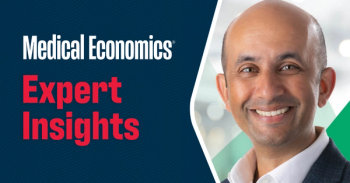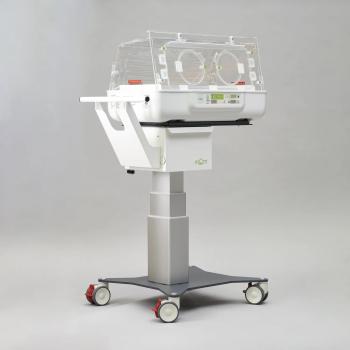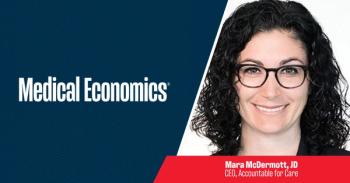
Remote patient monitoring: a boon to primary care
Technology has potential to reduce hospital readmissions, improve patient outcomes
Primary care physicians (PCPs) operating independent practices strive for efficiency, quality, and patient satisfaction. Every day, they face the challenge of managing large patient panels while delivering personalized, effective care.
PCPs are in demand. Some treat up to 3,000 patients per year, but
For example, in a well-run RPM program, much of the high touch care between office visits is provided by medical assistants and nurses using algorithms embedded in the platform’s software, enabling physicians to focus on more complicated and urgent matters.
RPM programs empower PCPs to proactively monitor, manage, and intervene in patient care, averting costly interventions and hospitalizations. A
The findings reveal a 50% reduction in 30-day readmission rates among patients enrolled in RPM programs compared to those not enrolled. Decreased hospital readmissions translates into millions in savings for health systems and patients and reflects tangible improvements in patient well-being and care delivery.
At a time when unexpected medical bills and health care services are the
For PCPs, incorporating RPM into their practice can attract new patients, increase patient retention, and boost revenue. The technology enables PCPs to treat the same number of patients more effectively with the same staff under Medicare billing codes such as
By meeting new quality measures and benchmarks required under value-based reimbursement models such as such as the Medicare Shared Savings Program and the Merit-based Incentive Payment System, PCPs that demonstrate high-quality and cost-effective care can increase their financial compensation.
RPM enhances patient retention by providing personalized, convenient care that improves patient satisfaction and outcomes. It attracts new patients looking for innovative and accessible health care solutions. And according to one
While there are many RPM prouducts available, each practice needs to consider the capabilities and benefits that are right for them. Selecting an RPM partner who offers scalable, user-friendly solutions with integrated data capabilities is crucial for maximizing return on investment and achieving sustainable practice growth. Training and support for both patients and staff ensures seamless integration and optimal utilization of RPM technologies.
As we move toward a more patient-centered, value-driven health care system, the role of remote patient monitoring cannot be overstated. By harnessing the power of technology, data, and connectivity, primary care physicians have the opportunity to revolutionize care delivery, improve patient outcomes, and drive practice sustainability.
As physicians, we must seize the promise of remote patient monitoring to help usher in a new era of proactive, personalized primary care.
Samir Damani, M.D., is a practicing physician and the co-founder of
Newsletter
Stay informed and empowered with Medical Economics enewsletter, delivering expert insights, financial strategies, practice management tips and technology trends — tailored for today’s physicians.








